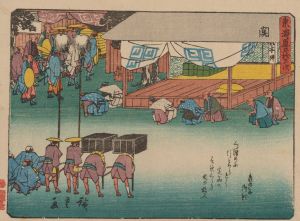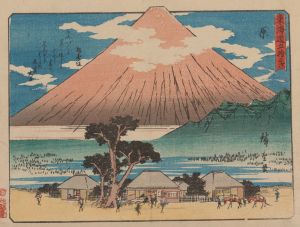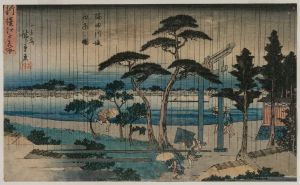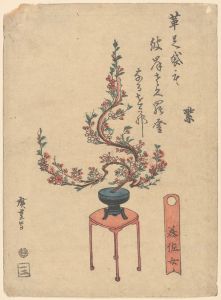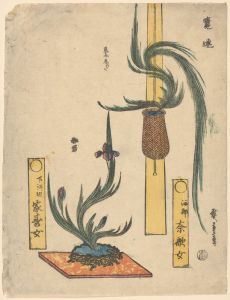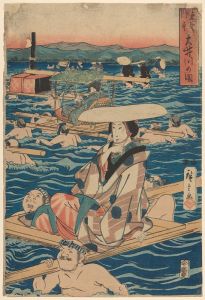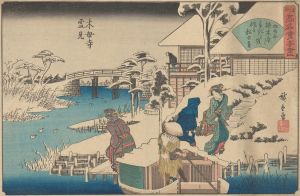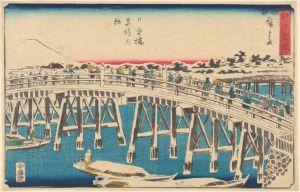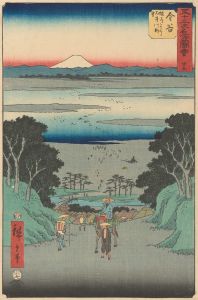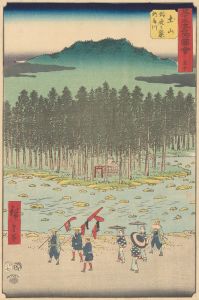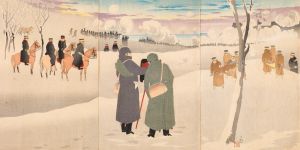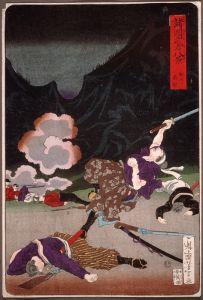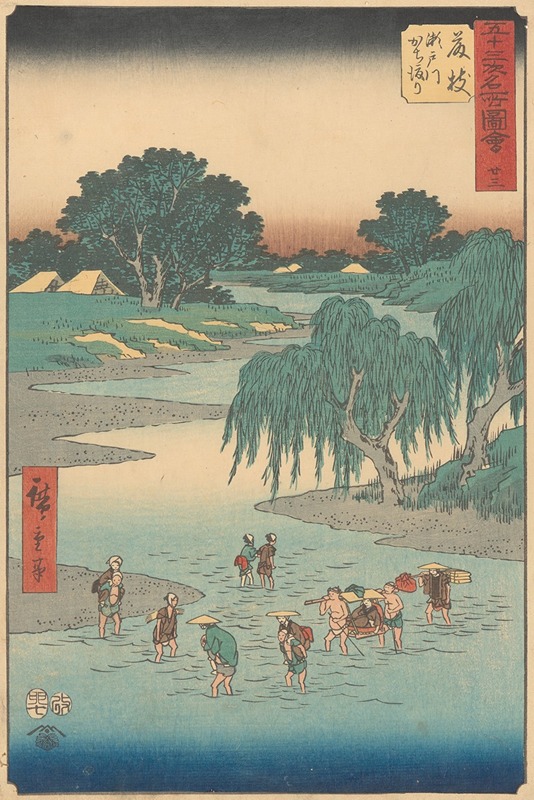
Fujieda
A hand-painted replica of Andō Hiroshige’s masterpiece Fujieda, meticulously crafted by professional artists to capture the true essence of the original. Each piece is created with museum-quality canvas and rare mineral pigments, carefully painted by experienced artists with delicate brushstrokes and rich, layered colors to perfectly recreate the texture of the original artwork. Unlike machine-printed reproductions, this hand-painted version brings the painting to life, infused with the artist’s emotions and skill in every stroke. Whether for personal collection or home decoration, it instantly elevates the artistic atmosphere of any space.
Andō Hiroshige, a renowned Japanese ukiyo-e artist of the Edo period, is celebrated for his landscape prints and depictions of the Tōkaidō road, a vital route connecting Edo (modern-day Tokyo) to Kyoto. Among his acclaimed works is the series "The Fifty-three Stations of the Tōkaidō," which captures the various post stations along this route. One of the prints in this series is "Fujieda," which illustrates the Fujieda-juku, the twenty-second station on the Tōkaidō.
Hiroshige's "Fujieda" print is part of the Hoeido edition of "The Fifty-three Stations of the Tōkaidō," published in the early 1830s. This series is notable for its innovative use of perspective and color, which brought a new dimension to the traditional ukiyo-e style. Hiroshige's work is characterized by its attention to detail and ability to convey the atmosphere and essence of the locations depicted.
In the "Fujieda" print, Hiroshige captures a scene that reflects the daily life and activities at the Fujieda-juku. The composition typically features travelers and locals engaged in various activities, set against a backdrop that highlights the natural beauty and cultural significance of the area. The print may include elements such as the flowing river, bridges, and the surrounding landscape, which are common features in Hiroshige's Tōkaidō series.
Hiroshige's work, including the "Fujieda" print, played a significant role in popularizing the Tōkaidō road and its post stations. His prints served not only as artistic expressions but also as a form of travel documentation, offering viewers a glimpse into the life and scenery of Edo-period Japan. The series became immensely popular, influencing both Japanese and Western art. Hiroshige's innovative approach to composition and color use left a lasting impact on the Impressionist movement in Europe, with artists such as Vincent van Gogh and Claude Monet drawing inspiration from his work.
The "Fujieda" print, like others in the series, exemplifies Hiroshige's mastery in capturing the transient beauty of nature and the human experience within it. His ability to depict the harmony between people and their environment is a hallmark of his style, making his work timeless and universally appreciated.
Hiroshige's legacy continues to be celebrated in exhibitions and collections worldwide, with "The Fifty-three Stations of the Tōkaidō" remaining one of his most iconic contributions to the art world. The "Fujieda" print, as part of this series, represents a significant piece of cultural history, offering insights into the Edo period's travel culture and the enduring appeal of Hiroshige's artistic vision.





